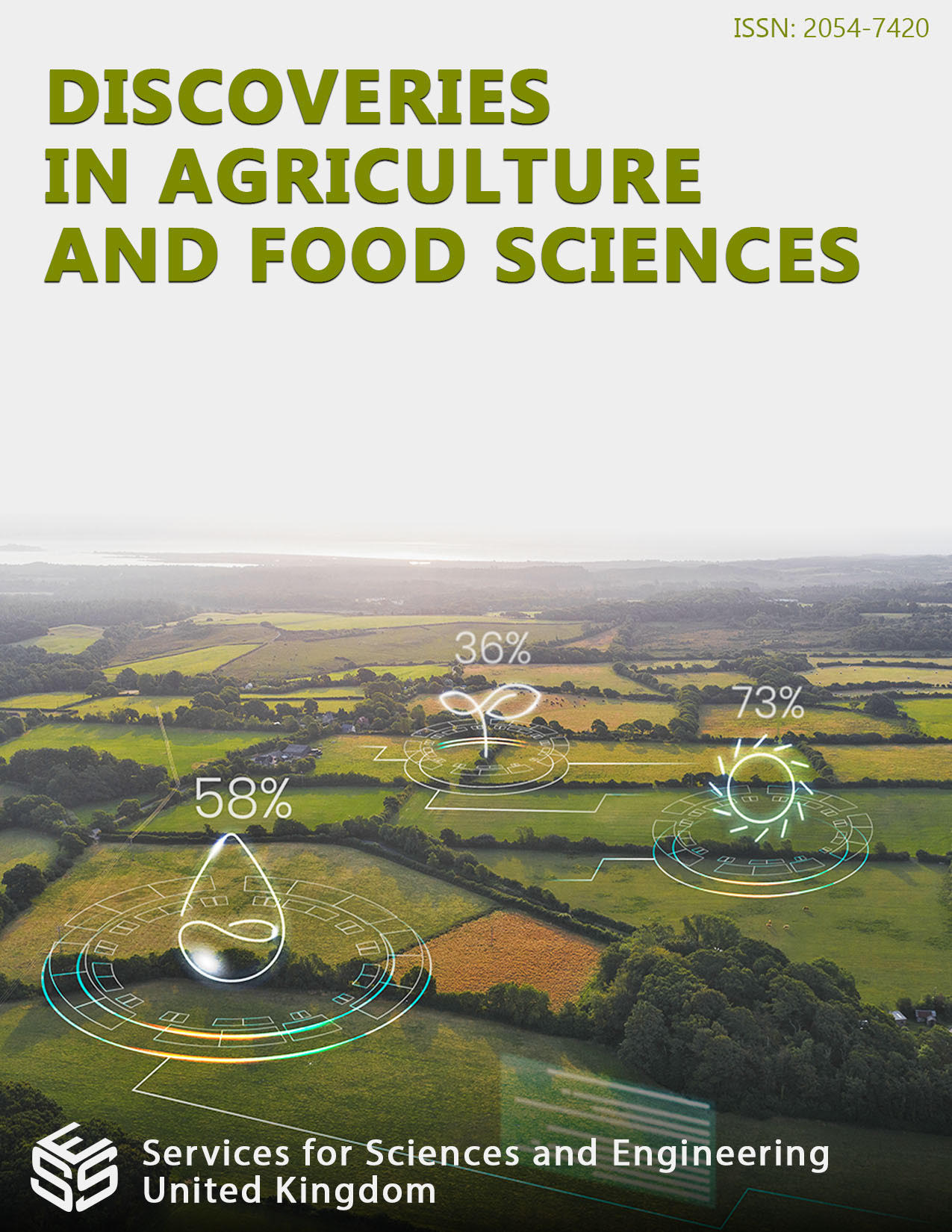Prediction, by Mathematical Model, of the Effects of Hydration for Germination at Different Times and Temperatures on the Nutritional and Functional Characteristics of Chickpea Flour (Cicer Arietinum L.)
DOI:
https://doi.org/10.14738/tnc.122.16777Keywords:
functional properties, germination effects, proximal composition, urease total, reducing sugarAbstract
The objective of this work was to study the effects of germination time and temperature on chickpeas by determining appropriate mathematical models corresponding to each dependent variable to predict the behaviour of the process and improve the physical, chemical, and functional properties of the flour obtained. Chickpea grains were subjected to germination processes at the laboratory, after a hydration process, to study the physical, chemical, and functional characteristics of the flour obtained from the legume. The Response Surface methodology was used by the central composite rotational layout. For the soaking process of the grains, the independent variables were considered, with their respective levels: time (6, 8, 12, 16, and 18 hours) and temperature (18, 20, 25, 30, and 32 °C), being evaluated through percent moisture as a dependent variable. During the germination process, the independent variables time (14, 24, 48, 72, and 82 hours) and germination temperatures (23, 25, 30, 35, and 37 °C) were controlled, keeping the relative humidity fixed (95%). All mathematical models determined were suitable for calculating values for each of the variables studied. The best response (R) operational R1, total protein content (TPC); R2, total lipid content (TLC); R3, total sugar content (TSC); R4, reducing sugar content (RSC) and R5, total ash content (TAC). Likewise, the following functional properties were evaluated: R6, water absorption index (WAI); R7, lipid absorption index (LAI); R8, water solubility index (WSI); R9, apparent density (APD); and finally, the presence of antinutrients was studied through R10, urease activity (UA).
Downloads
Published
How to Cite
Issue
Section
License
Copyright (c) 2024 Miguel Angel Larrea Céspedes, José Luis Ramírez Ascheri

This work is licensed under a Creative Commons Attribution 4.0 International License.






